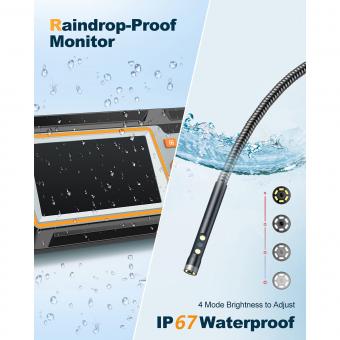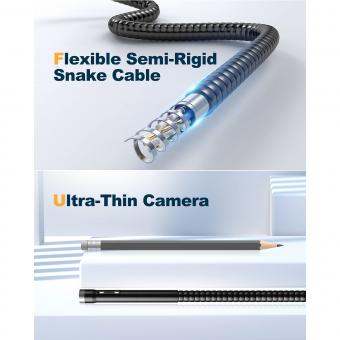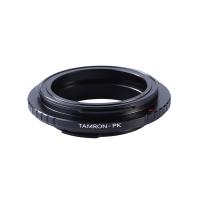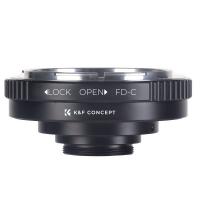How Is Endoscopic Sinus Surgery Performed?
Endoscopic sinus surgery is a minimally invasive surgical procedure that is performed to treat chronic sinusitis and other sinus-related conditions. During the procedure, a thin, flexible tube with a camera and light on the end (endoscope) is inserted through the nostrils to provide a clear view of the sinuses. The surgeon then uses specialized instruments to remove any blockages, such as polyps or inflamed tissue, and to widen the sinus openings to improve drainage.
The surgery is typically performed under general anesthesia and can take anywhere from 1-3 hours depending on the extent of the blockages and the complexity of the procedure. Recovery time varies, but most patients can return to normal activities within a week or two. Endoscopic sinus surgery is considered a safe and effective treatment option for chronic sinusitis and other sinus-related conditions, with a high success rate and low risk of complications.
1、 Anesthesia and positioning
Endoscopic sinus surgery is a minimally invasive surgical procedure that is performed to treat chronic sinusitis, nasal polyps, and other sinus-related conditions. The surgery is performed under general anesthesia, which means that the patient is completely asleep during the procedure.
Before the surgery, the patient is positioned on their back with their head slightly elevated. The surgeon then inserts an endoscope, which is a thin, flexible tube with a camera and light attached to it, into the patient's nostril. The endoscope allows the surgeon to see inside the sinuses and guide the surgical instruments.
The surgeon then uses specialized instruments to remove any blockages or diseased tissue from the sinuses. This may include removing polyps, opening up narrow passages, and removing any infected or inflamed tissue. The surgery typically takes between one and three hours, depending on the extent of the procedure.
In recent years, there has been a shift towards using image-guided technology during endoscopic sinus surgery. This involves using CT scans to create a 3D map of the patient's sinuses, which the surgeon can then use to guide the surgical instruments with even greater precision. This technology has been shown to improve surgical outcomes and reduce the risk of complications.
After the surgery, the patient may experience some discomfort and swelling in the nose and sinuses. However, most patients are able to go home the same day and can return to normal activities within a week or two. Follow-up appointments with the surgeon are typically scheduled to monitor the healing process and ensure that the sinuses are functioning properly.
2、 Creation of a nasal opening
Endoscopic sinus surgery is a minimally invasive surgical procedure that is performed to treat chronic sinusitis, nasal polyps, and other sinus-related conditions. The procedure involves the use of an endoscope, which is a thin, flexible tube with a camera and light attached to it. The endoscope is inserted through the nostrils and into the sinuses, allowing the surgeon to see and access the affected areas.
During the procedure, the surgeon will use specialized instruments to remove any blockages or diseased tissue from the sinuses. This may include removing polyps, opening up narrow passages, and removing any infected or inflamed tissue. The goal of the surgery is to create a larger opening in the sinuses, allowing for better drainage and improved airflow.
The procedure is typically performed under general anesthesia and takes about 1-2 hours to complete. Patients may experience some discomfort and swelling after the surgery, but most are able to return to normal activities within a few days.
Recent advancements in endoscopic sinus surgery have focused on improving the precision and accuracy of the procedure. This includes the use of advanced imaging techniques, such as CT scans and MRI, to better visualize the sinuses and guide the surgery. Additionally, new surgical instruments and techniques have been developed to improve the safety and effectiveness of the procedure. Overall, endoscopic sinus surgery is a safe and effective treatment option for those suffering from chronic sinusitis and other sinus-related conditions.
3、 Insertion of endoscope and visualization
Endoscopic sinus surgery is a minimally invasive surgical procedure that is performed to treat chronic sinusitis, nasal polyps, and other sinus-related conditions. The surgery is performed using an endoscope, which is a thin, flexible tube with a camera and light attached to it. The endoscope is inserted into the nasal cavity, allowing the surgeon to visualize the sinuses and perform the necessary surgical procedures.
The surgery is typically performed under general anesthesia, and the patient is usually able to go home the same day. During the procedure, the surgeon will make small incisions in the nasal cavity and use specialized instruments to remove any blockages or polyps that are causing the sinus problems. The endoscope allows the surgeon to see the sinuses in great detail, which helps to ensure that the surgery is precise and effective.
In recent years, there have been several advancements in endoscopic sinus surgery techniques. For example, some surgeons are now using computer-guided navigation systems to help them navigate the sinuses more accurately. This technology uses 3D imaging to create a map of the sinuses, which the surgeon can then use to guide the endoscope through the nasal cavity.
Overall, endoscopic sinus surgery is a safe and effective treatment option for chronic sinusitis and other sinus-related conditions. It is minimally invasive, which means that patients experience less pain and a faster recovery time compared to traditional open surgery. If you are suffering from chronic sinusitis or other sinus-related problems, talk to your doctor to see if endoscopic sinus surgery is right for you.
4、 Removal of obstructive tissue or growths
Endoscopic sinus surgery is a minimally invasive surgical procedure that is performed to treat chronic sinusitis, nasal polyps, and other sinus-related conditions. The procedure involves the use of an endoscope, which is a thin, flexible tube with a camera and light attached to it. The endoscope is inserted through the nostrils and into the sinuses, allowing the surgeon to see and access the affected areas.
During the procedure, the surgeon may remove obstructive tissue or growths, such as polyps, that are blocking the sinuses and preventing proper drainage. This can help to relieve symptoms such as congestion, facial pain, and headaches. The surgeon may also use instruments to widen the openings of the sinuses, allowing for better drainage and ventilation.
The latest point of view on endoscopic sinus surgery is that it is a safe and effective treatment option for chronic sinusitis and other sinus-related conditions. It is minimally invasive, which means that it involves less pain, scarring, and downtime than traditional open surgery. Additionally, endoscopic sinus surgery has a high success rate, with most patients experiencing significant improvement in their symptoms.
Overall, endoscopic sinus surgery is a valuable tool in the treatment of chronic sinusitis and other sinus-related conditions. It is a safe and effective procedure that can provide long-lasting relief from symptoms and improve quality of life for patients. If you are experiencing chronic sinusitis or other sinus-related symptoms, talk to your doctor about whether endoscopic sinus surgery may be right for you.


























There are no comments for this blog.